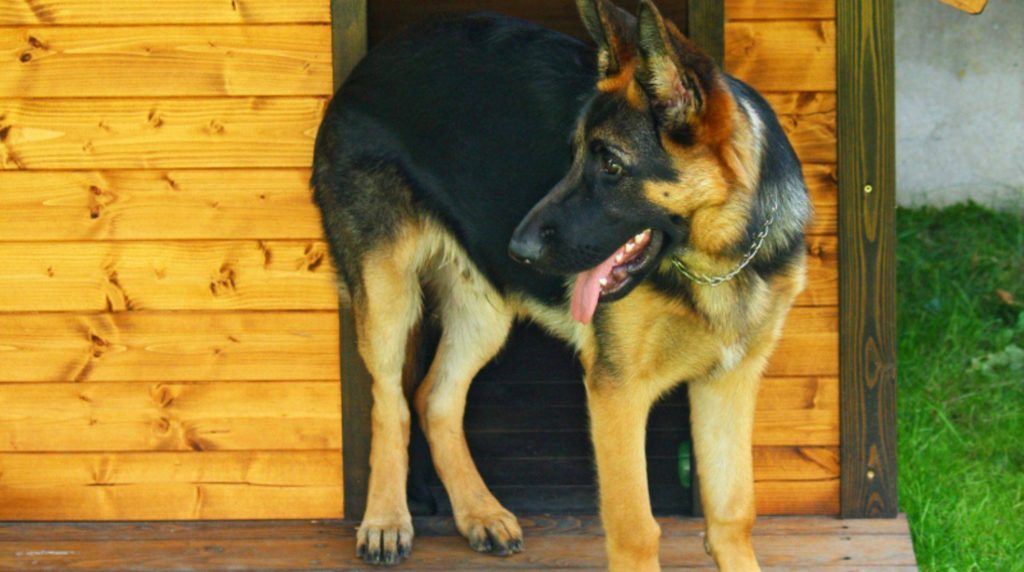If you want to buy your four-legged friend a kennel, you shouldn’t buy the first one that comes along, but consider which one might be the right one in advance. What is “right” cannot be answered in general but depends on your dog and, for example, on its size and preferences? Here you will find essential tips for buying a dog house.

Size and material – are two key factors that can make a kennel good for your furry friend. The trade offers a vast selection; Small, large, colorful, plain, even multi-story and multi-room dog houses are available. Below you will find out what you should look out for in size and material when buying a kennel.
The right side of the dog house
Of course, the dog house should be adapted to the dimensions of your four-legged friend. It must be neither too small nor too big. If it’s too small, your dog may feel constrained as it can’t turn and stretch properly. In addition, the dog house would possibly heat up too much in summer, causing your pet to sweat inside. On the other hand, you should also not buy a dog house that is too big because your furry friend might feel lost in it. Another problem would be that your dog would not be able to warm up the hut sufficiently with its body heat and might freeze. There are several formulas for the correct size – one of them provides the following dimensions:
The dog house length should be around 1.2 to 1.5 times your dog’s length, which is longer than itself. The height is 1.2 to 1.5 times your dog’s height at best. The width should be approximate once the length of the dog, and the door opening should ideally be 0.8 times the height of your dog’s shoulders. The length is from the tip of the nose to the base of the tail; the size of the flower is from the front paws to the crown of the head.
Are you buying a dog house: wood or plastic?
The two typical materials that dog houses are made of are wood and plastic. Both have advantages and disadvantages. When you buy a wooden kennel, you usually have to invest more money. On the other hand, wood, such as solid wood or waterproof plywood, convinces excellent insulating properties, friendly air conditioning, long service life, natural robustness, and is aesthetically pleasing. In addition, wood is environmentally friendly and CO2-neutral. In addition to the higher price, disadvantages are the not always good sound insulation and the high maintenance effort.
Plastic kennels are also durable and sturdy. One advantage over wood is that it requires little maintenance. They are easy to clean and usually even less susceptible to weather damage than wood. Also, they are generally cheaper. However, plastic huts do not cut a good figure in terms of environmental friendliness. You must make sure that the material is free of harmful substances. Another disadvantage: dog houses made of plastic are often less attractive than their wooden counterparts.








